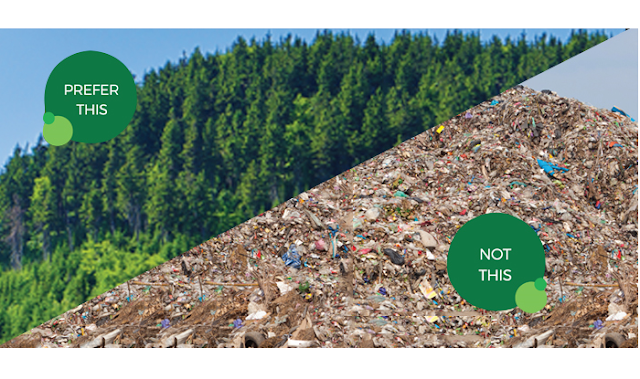A Brief Introduction to Gasification of Municipal Solid Waste
Hazardous wastes are created by almost any manufacturing process or industry. There are a myriad number of hazardous wastes that you don’t even realize are a menace for health, habitat or environment. Industries are also finding and deploying safe and eco-friendly hazardous waste disposal measures for their effective utilization and disposal. Besides reducing the production of waste material, another focus has been on safe disposal of such waste. The gasification of municipal solid waste (MSW) can be done by using various processes to convert it into a fuel or another source of energy.
ProcessThe
MSW is pre-processed into a suitable feedstock material which is then oxidized
at temperature as high as 800˚
C. The bye-product generated is a syngas which can be used as a fuel to run gas
engines, gas turbines etc. The gasification of MSW has resulted in
lesser demand for land under waste management and it also reduces environmental
pollution.
Equipment
The
reactors or gasifiers are used to convert the MSW into useful bye-products.
There are fixed beds reactors which can be further categorized into downdraft
and updraft design. Another type is fluidized beds which may involve using a
bubbling or circulating design for efficient gasification of MSW.
Recent Technology
New
technology such as plasma gasification, pure oxygen or hydrogen gasification
and thermal depolymerization have been developed which are more efficient and
successful.
Conclusion
It
is safe to say that gasification of MSW is the need of time. The process
is detail-oriented and must be carried out with adequate knowledge of the type
of waste material and sustainable equipment.



%20(1).png)
Comments
Post a Comment